Caravans for beginners: a buyer’s guide to the different styles of caravans
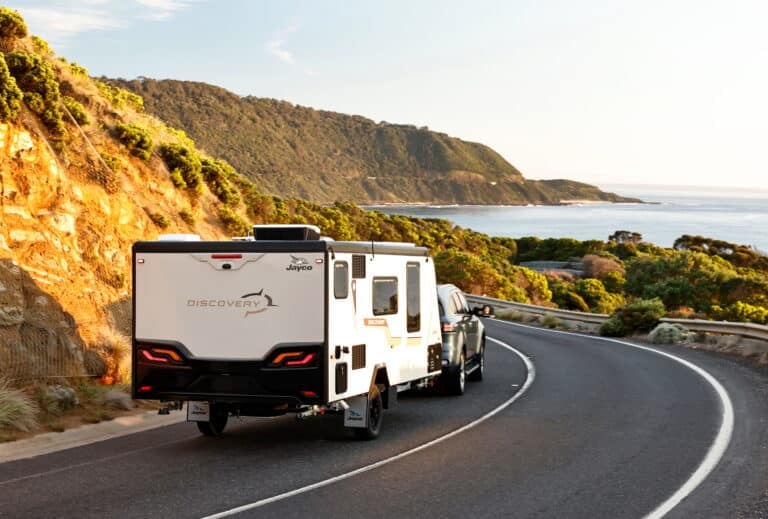



If you’re a first-time caravan buyer, the options can be overwhelming. There are more than 200 RV brands on the market, each with a suite of caravans offering enormous choice between size, internal space, storage, features and budget.
A bit like the car industry, the lines between some caravan categories have become blurred. In particular, the swing towards off-grid and off-road models. While some people prefer to call smaller RVs ‘campers’, we define a caravan as any trailer with hard walls and floors (as opposed to material such as canvas).
This is the first in a series of articles exploring the different styles of caravans on the market to help you decide what best suits your needs. First up, we’ll outline the broad caravan categories – teardrop, hybrid, pop top/expandable, touring, semi off-road and off-road – and the differences between each. In future articles, we’ll take a deep dive into each of the different options.
Let’s get to the nitty gritty of the different caravan styles and what features, pros and cons you can expect from each.
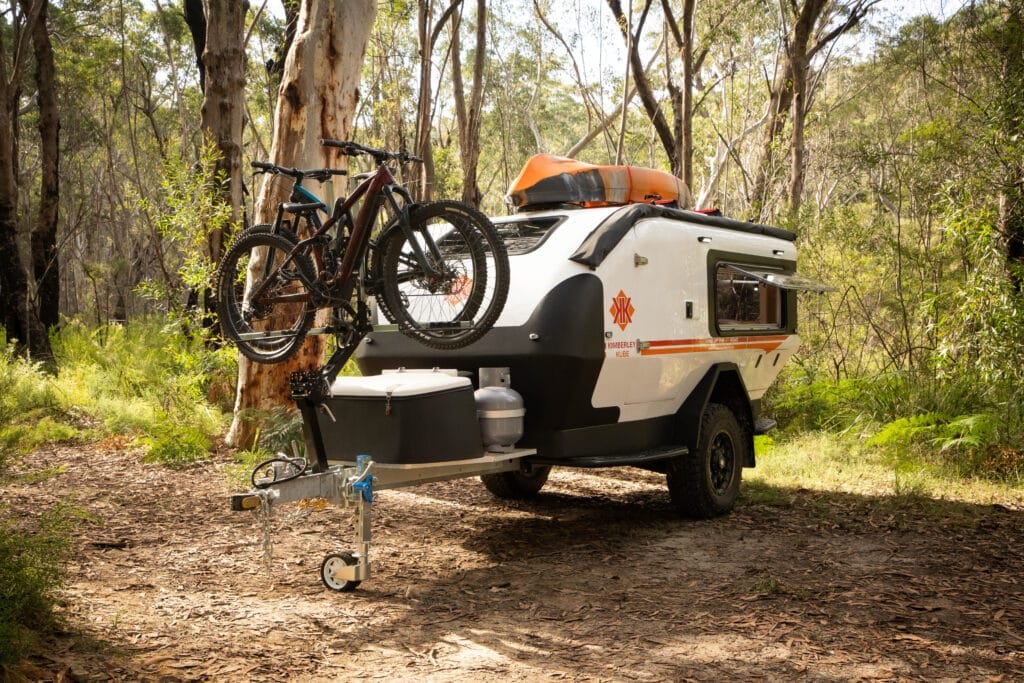
Teardrop campers, like Kimberley Kamper’s Kube are, as the name suggests, a teardrop shape and tend to be among the smallest, cheapest and lightest caravans on the road. Prices range from less than $20,000 up to about $80,000 for a go-anywhere, do-anything premium model.
There are also variations called ‘squaredrops’ or pod campers. These have a more squared-off shape. In principle, they are very similar to a teardrop, with the advantage of having more consistent headroom inside, but are less aerodynamic, meaning they might be slightly less efficient to tow.
The teardrop’s basic ingredients include a hard-walled small caravan body typically with enough room inside for a two-berth bed and not much else. Often this type of camper has a kitchen at the rear under a hatch, or sometimes a slide-out kitchen on the nearside.
The advantages of the teardrop are that they are often the cheapest and lightest style of caravan on the market. Almost any vehicle can tow the lighter teardrops, and they won’t blow your fuel budget like larger, heavier caravans can. Their small size makes them easier to reverse, store and tow, especially on narrow roads and tracks.
The disadvantages of teardrops are that they typically have a small interior with no standing room, and certainly no internal shower/toilet or inside cooking facilities. Teardrops are also only convenient for two people camping, unless you invest in a roof-top tent.
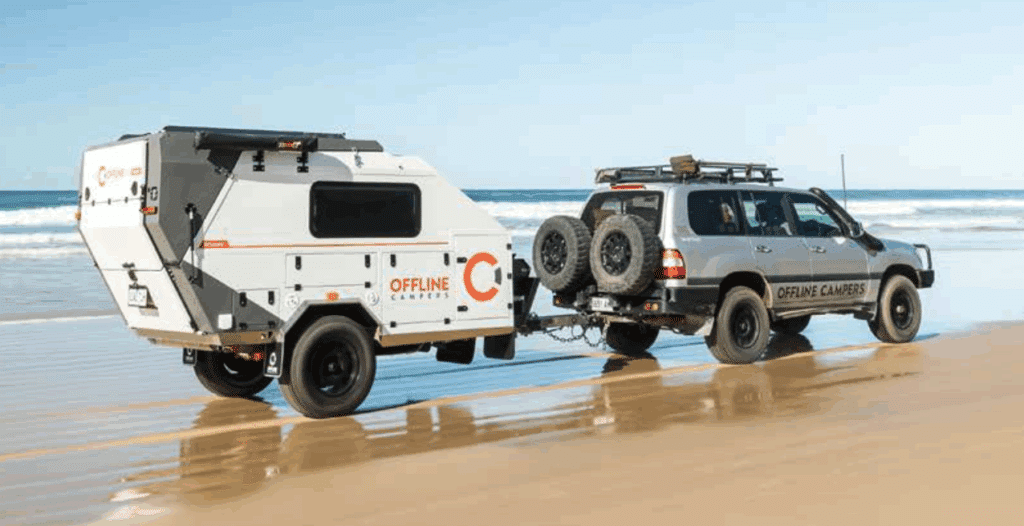
Hybrid caravans arrived in force about 10 years ago and have only grown in numbers since, with dozens of offerings. While a manufacturer’s interpretation of a hybrid can differ, the essential ingredients are the same. A hybrid caravan can cost anything from about $40,000 to about $150,000. While a hybrid, like the Offline Campers Solitaire, has a hard roof and walls, it can be either a full-height van or a pop-top design. They come in two-berth or family options (although up to four berth is about the limit).
With some exceptions, a hybrid is generally lighter and smaller to tow than a touring caravan. A hybrid tends to be more off-road focussed, with features like off-road tyres, an off-road coupling and raised independent suspension.
The hybrid is easy and quick to set up and can be cheaper and more compact than a full-size caravan. This makes them easier to tow and store.
The original hybrid style rarely offers satisfactory sleeping quarters for more than a couple. Small internal kitchens are offered on some, but many only have an external kitchen.
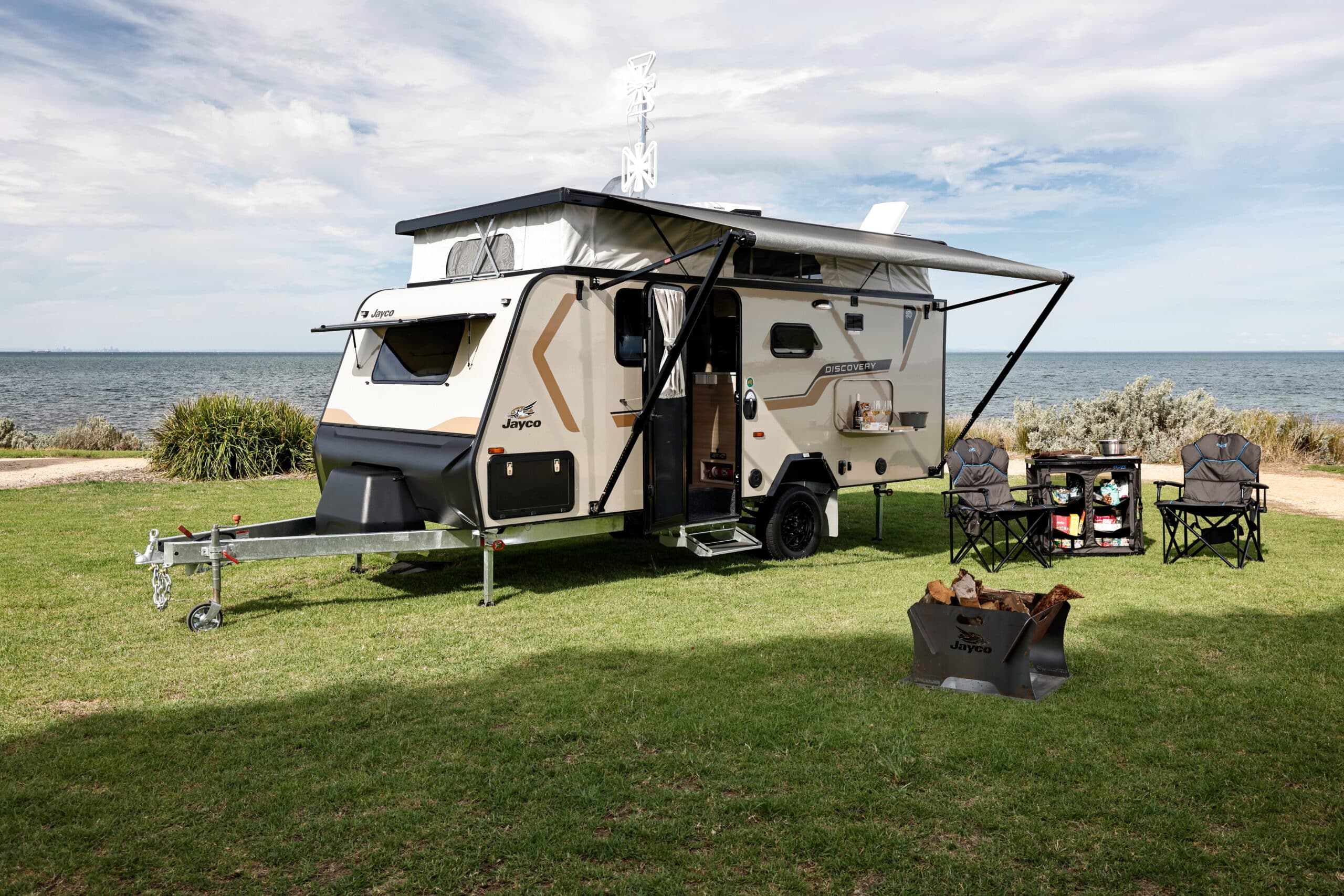
A pop top/expandable caravan, like the Jayco Discovery Pop Top, is similar to a hybrid to set up for camping, but with the advantages of more comprehensive internal features and space. This style of caravan usually has an internal kitchen and bathroom and greater power, water and storage capability. Prices range from around $50,000 to more than $100,000.
Pop tops tend to be lighter than a comparable full-height caravan and theoretically more efficient to tow as there’s less aerodynamic drag. The expandable caravans also allow either more slide-out or fold-out sleeping and/or living space when at camp, so while some are two-berth only, they can accommodate four people or more.
Pop tops and expandable caravans are a popular family caravan option and are generally cheaper than a full-size caravan. They are more compact to tow and store when at home.
The downside of this style of caravan is they are often the heaviest for their external size, meaning you may need to consider a tow vehicle upgrade. Internal space is often cramped if you just want to pull up and use the caravan without popping the roof or slide-out.
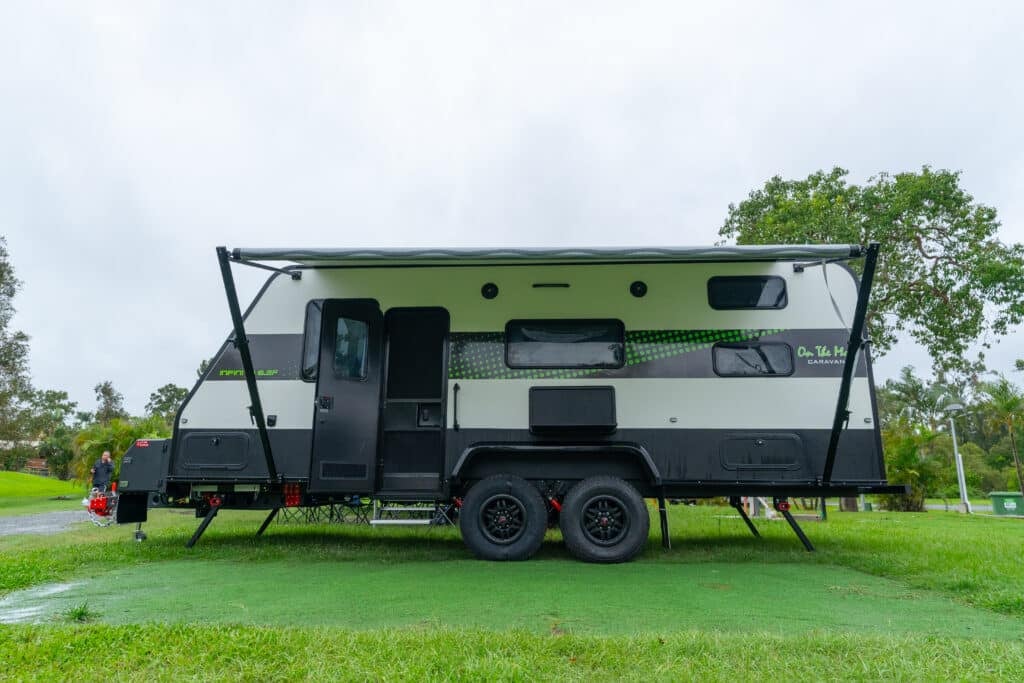
Touring caravans are the most traditional type of van that has been the mainstay of Australian caravanning for decades. A touring caravan, like the On the Move Infinity, can be any full-size caravan (meaning no pop top or expandable sections), and range from a tiny 12ft, 700kg van to a 23ft, 3000kg-plus family van.
As there are so many different variations, prices can be from $30,000 for a small two-berth tourer to about $80,000 or more for a four-berth family van with loads of premium features.
A touring caravan can have corrugated aluminium cladding or composite, and many have simple leaf-spring suspension. While they usually offer internal cooking and living space (plus most now come with an internal shower/toilet), they don’t usually have components to handle hours of pounding over poor corrugated roads or off-road tracks.
The advantages of touring vans are that, like-for-like with most other caravan types, they are lighter to tow and cheaper to buy and maintain. They are an economical option for black-top caravanners who enjoy staying in caravan parks.
Touring vans aren’t made for extended journeys off-road or off-grid. They don’t have the robust build, clearance and suspension of an off-road caravan and typically have less water storage and battery and solar capacity.
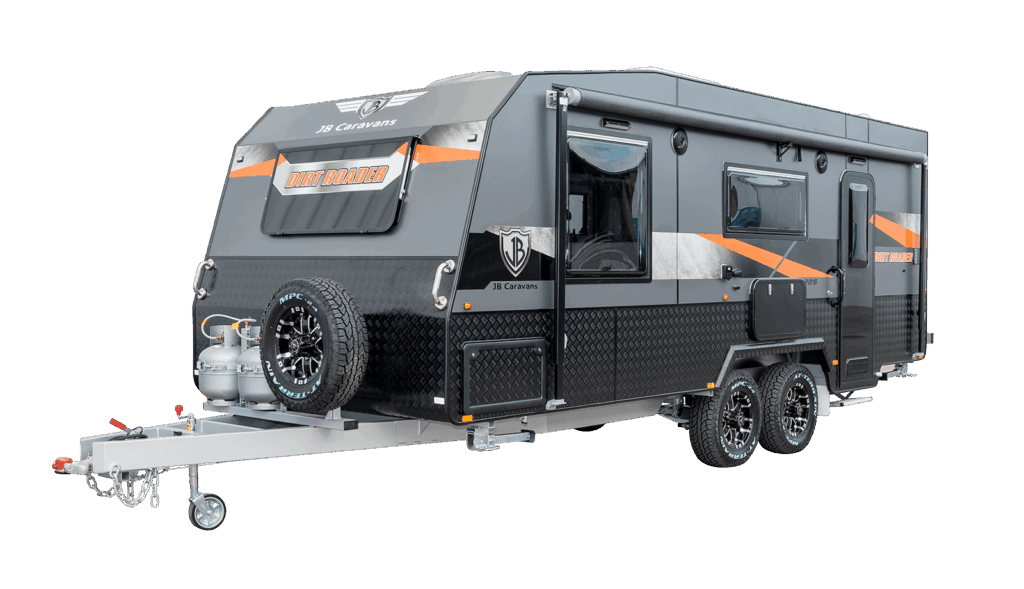
Semi off-road caravans, like the JB Caravans Dirt Roader, are gaining popularity for those wanting to tour on dirt backroads without shaking their van to pieces. Based on the living features of a touring van, the semi off-road caravan costs from around $60,000 to more than $100,000. The difference is that this type of caravan has better stone protection, tougher all-terrain tyres and often comes with off-road independent suspension. Many also have greater off-grid capability, with larger water tanks and better power capacity.
A semi off-road caravan will take you further off the beaten track and for longer than a touring van. They are often cheaper and lighter than a dedicated full off-road equivalent caravan.
Semi off-road caravans are not as tough as off-road caravans. You can’t expect them to hold up as well on the really rough stuff. What constitutes a ‘semi off-road’ caravan also varies between manufacturers. It’s a grey area that gives some caravanners false expectations about the sort of terrain that is achievable in their van.
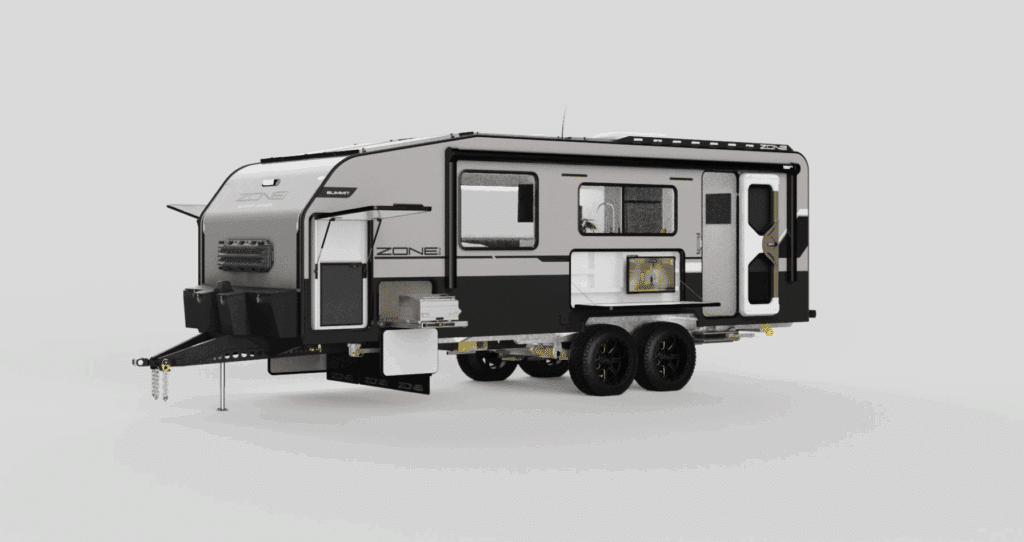
The off-road caravan is loosely based on the tourer caravan, meaning it is usually a full-height large caravan but built with a heavier, stronger chassis and body than a tourer to allow for the rough and tumble of rough dirt roads. Off-roaders, like the Zone RV Summit, are the most expensive type of caravan, ranging from about $80,000 to more than $200,000.
Other features that distinguish an off-road caravan from a touring or semi off-road caravan include a raised body for better ground clearance, a reinforced chassis, independent suspension, underbody and cladding protection and, in some cases, brush guards. Off-road caravans also have the makings for extended off-grid stays, with large water and power capacity.
The advantage of an off-road caravan is that they are built to withstand harsh outback terrain and are capable of free camping for extended periods.
The disadvantage of off-road vans is that they are expensive, heavy to tow and often too big to realistically take on steep, slippery, narrow off-road tracks – despite the marketing spiel.